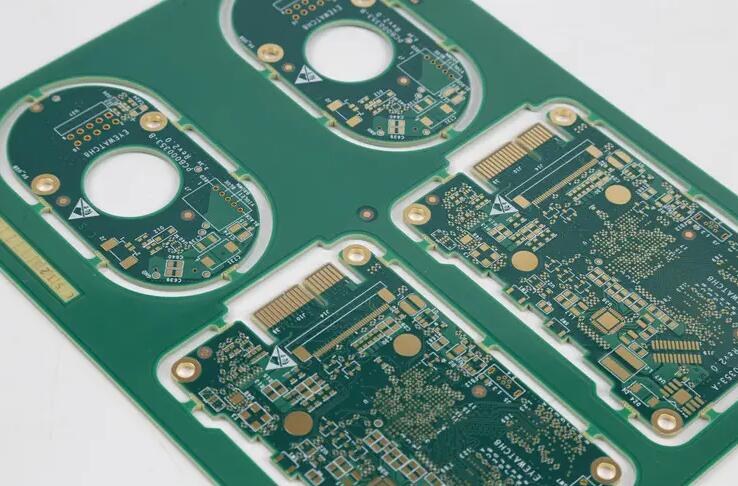5G communication has an increasing impact on people's lives, and the newly developed mobile phones will step into the 5G era bit by bit. Today, let's take a look at what challenges 5G communication has brought to PCB industry!
1) Requirements for materials: A very clear direction of 5G PCB board is high-frequency high-speed materials and board making. In terms of high-frequency materials, it is obvious that leading material manufacturers in traditional high-speed fields such as Lianmao, Shengyi and Panasonic have begun to lay out high-frequency plates and launched a series of new materials. This will break the dominance of Rogers in the field of high-frequency plates. After benign competition, the performance, convenience and availability of materials will be greatly enhanced. Therefore, the localization of high-frequency materials is an inevitable trend.

2) Requirements for quality monitoring: due to the improvement of 5G signal rate, the influence of plate making deviation on signal performance becomes greater, which requires more strict control of plate making production deviation. However, the current mainstream plate making process and equipment are not updated, which will become the bottleneck of future technology development. It is very important for PCB manufacturers to break the situation. In terms of quality monitoring, Jabilon has strengthened the statistical process control of key product parameters on the basis of the original. It needs to manage data in a more real-time manner to ensure the consistency of the products, so as to meet the performance requirements of the antenna in terms of phase, standing wave, amplitude, etc.
3) Requirements for manufacturing process: The functional improvement of 5G related application products will increase the demand for high-density PCB board, and HDI will also become an important technical field. Multi stage HDI products and even products interconnected in any order will be promoted, and new technologies such as buried resistance and buried capacity will be applied more and more. The uniformity of copper thickness, accuracy of line width, inter layer alignment, thickness of interlayer medium, control accuracy of back drilling depth, and plasma dirt removal capability of PCB are worthy of in-depth study.
4) Requirements for PCB design: the selection of boards shall meet the requirements of high frequency and high speed, and the impedance matching, stacking planning, wiring spacing/holes, etc. shall meet the requirements of signal integrity, specifically starting from the six aspects of loss, embedding, high frequency phase/amplitude, mixing, heat dissipation, and PIM.
5) Requirements for equipment and instruments: high-precision equipment and pretreatment line with less copper surface roughening are ideal processing equipment at present; The testing equipment includes passive intermodulation tester, flying probe impedance tester, loss testing equipment, etc. Precise graphic transfer and vacuum etching equipment, line width and coupling distance detection equipment that can monitor and feedback data changes in real time; Electroplating equipment with good uniformity and high-precision laminating equipment can also meet the production requirements of 5G PCB.
PCB product testing is a key step to ensure the reliability of surface mounting. With the continuous development of PCB manufacturing industry and the increasing improvement of core technology, the assembly density of shape memory alloy is also increasing, which not only brings about the enhancement of circuit graphic thin lines, fine pitch of patches and non visual characteristics of component pins, but also brings some challenges to the quality control of PCB products. At the same time, in the PCB production process, how to judge the PCB quality has become increasingly important. How to judge the acceptance of PCB quality? PCB quality acceptance should include design, process and comprehensive approval. Generally, we should make samples first, test weld and seal samples, and then supply them in batches, including two aspects.
1) The electrical connection performance inspection is usually self checked by the PCB manufacturer. The test instruments used are:
a. Optical board tester (on-off tester) can measure whether the connection and disconnection of wires and the logical relationship of multilayer boards including metallized holes are correct;
b. An automatic optical tester for graphic defects can check the comprehensive performance of PCB, including lines, characters, etc.
2) Process inspection, including PCB appearance, finish, flatness, character definition, electrical resistance, electrical performance, heat resistance, solderability and other comprehensive properties to determine whether the PCB board can be accepted.